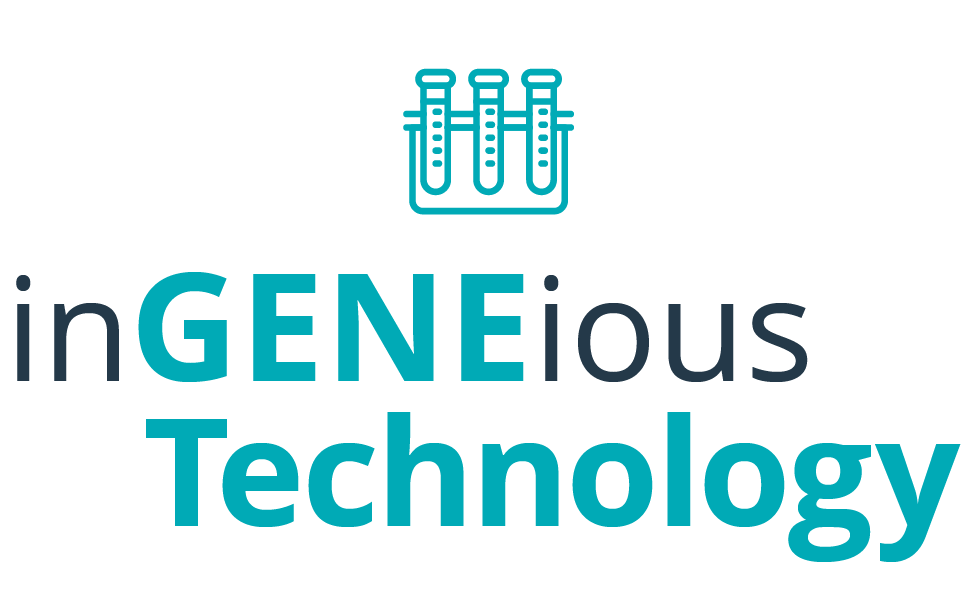Basic principles of technology
Learn about targeted gene delivery and how the body responds
AAV-based gene therapy can be targeted toward specific cell types through
capsid
tropism and promoter tissue specificity. There are 13 AAV serotypes that have different tropism, making those serotypes useful for preferentially transducing different types of cells, such as brain cells and liver cells. Scientists have identified the AAV serotypes for
transduction
of a given organ.
Where does AAV gene therapy go in the body?
Tropism
is the ability of pathogens, such as viruses, to infect specific locations. Pathogens can have organ tropism—the ability of a pathogen to infect a specific organ(s). Some pathogens are broadly tropic, infecting most or all organs, while others are restricted to infecting specific organ(s).6
Scientists are able to modify the tropism of some gene therapies that are under investigation, such as AAV vectors or lentiviral vectors, to achieve targeted gene delivery to a specific organ(s). Different AAV serotypes have tropism to different cells, providing a wide range of options for developing gene therapy that can target specific organs, such as the brain or liver.
For example, in CNS-directed gene therapy, AAV serotypes AAV2, AAV5, AAV8, and AAV9 have been researched.7
In liver-directed gene therapy, AAV serotypes AAV2, AAV3, AAV5, AAV6, AAV8, AAV10, and engineered protein shells have been studied in clinical trials.8,9
The AAV5 serotype has been used to deliver gene therapy to the brain and liver. Research suggests that the choice of AAV serotype can impact the outcome of treatment for genetic diseases.
Gene therapies have the potential to be immunogenic. Insect-cell–manufactured AAV5 gene therapies have been administered to 22 patients across three clinical studies without any evidence of AAV5 protein-shell–specific cellular immune responses.10-12
How does the body respond to AAV gene therapy?
The
cellular immune response
and
humoral immune response
are two main mechanisms of immunity within the adaptive immune system. In clinical trials, AAV-based gene therapy has been shown to induce the host adaptive immune response of cell-mediated immunity and antibody-mediated immunity.13-15
The
cellular immune response
is mediated by a type of white blood cell known as a T cell. When cells become infected by a pathogen, such as a virus, T cells are activated, enabling them to destroy the pathogens. In AAV-based gene therapy, the body may have an unwanted reaction to the AAV vector protein shell, which may cause
T cells and other cell-mediated immune cells to attack the target cells.13,14
The cellular immune response develops approximately 4 to 12 weeks after gene transfer and can be measured with an AAV protein-shell–specific T-cell assay.
The humoral immune response is mediated by a special immune cell known as a B cell. These cells produce proteins called
antibodies
that circulate in the blood. Some antibodies will bind directly to foreign substances like viruses and interfere with virus entry, neutralizing the virus in cells. Some antibodies may bind to the virus and mark it, prompting other immune cells and blood proteins to destroy it. The immune system can remember a foreign substance it previously encountered and mobilize more quickly to destroy it in the future.
Up to 60% of adults have naturally been exposed to
wild-type
AAV during their lifetime, but prevalence numbers can vary depending on the serotype.16
The creation of memory B cells after exposure to wild-type AAV can result in the production of antibodies that also bind to the AAV protein shell used in gene therapies.17
Pre-existing antibodies (Abs), called
anti-AAV neutralizing antibodies (NAbs), can prevent the AAV protein shell from delivering the functional gene to the target cells; thereby potentially limiting transduction efficiency of AAV-based gene therapies.18
Due to the humoral immune response, it is important to note that high levels of circulating NAbs can develop after a single administration of gene therapy and may interfere with subsequent rounds of gene transfer using the same AAV protein shell.13,15


